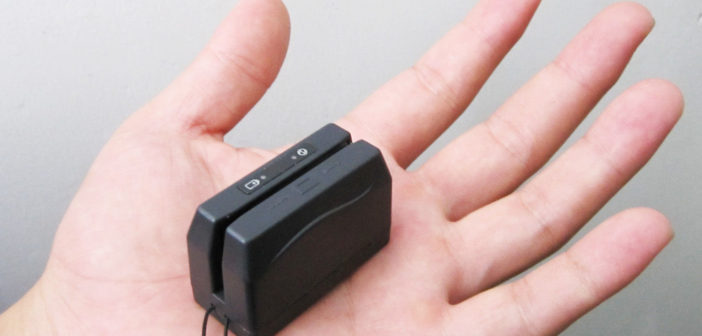People rarely think about them, but it’s hard to overestimate the impact that card readers have on the average person’s daily life. While plenty of people still use cash for their purchases, many people are starting to rely on debit and credit cards almost exclusively. Outside the world of commerce, card readers also play a role in many security systems by allowing people to unlock multiple doors with a single card instead of a ring full of keys. Even governments are relying on them to help identify their employees. When a device has that kind of impact on life, it’s important to understand how it works. Fortunately, card readers are relatively simple machines.
1- They Are Networking Tools
At the most fundamental level, a card reader is a tool for gathering and transmitting information. When a customer puts their card in the reader, the machine records all of the information that is stored on it. Different types of cards store this information in different ways, which means that a card reader needs to be equipped for each type that it is likely to encounter. Some rely on bar codes, while others use magnetic stripes or digital signals to convey information. Many require supplementary information from another source, such as a typed PIN code, as a security measure.
Once the reader collects the information from the card, it can send it wherever it needs to go. In the case of a credit card, it will read the card to find out the owner’s banking information and then send a request to that bank for funds. In the case of a security system, it will compare the information with a list of approved people to unlock a door or perform another task.
2- Communication Goes Both Ways
“When a card reader transfers information, it often receives information in return,” said Pointman Inc. This most often occurs when there is a problem with the card, such as when a bank detects possible fraud or when a security system encounters an unauthorized visitor. In these cases, the database will usually send the reason for the rejection back to the card reader so that it can be displayed to the user. This technique can also provide confirmation in the case of successful transactions or to ask for additional information in some cases.
3- Technology Is Changing
Modern technology is never stagnant, and card readers are no exception to that rule. Since card readers are so important, people are constantly trying to find ways to hack them. This forces manufacturers to improve their security, which is why chip cards are becoming almost universal in the industry.
Chip cards offer superior security compared to older magstripe cards because of the way that they store information. Magstripe cards have a strip of magnetized material on the back of the card which is swiped through the reader. The reader can translate the pattern of magnetism into useful information. Unfortunately, anyone who can access the strip can do the same. Chip cards rely on digital data storage and dynamic encryption, which makes that almost impossible. While the transition may seem inconvenient to consumers, this kind of transition is vital for security purposes, and has quickly reduced the rate of credit card fraud in nations that have made the switch.
4- They Don’t Need Cards
Since card readers are just a tool for reading and transmitting information, there is nothing that stops them from reading things other than cards. Carrying and sorting a wallet full of different cards is highly inconvenient, so many manufacturers are starting to take advantage of that fact to improve the consumer experience.
Most of these improvements rely on using smart phones in place of a card. The phone transmits information just like a proximity-based card, and the card reader receives the information. Once it has done so, it can transfer that information as though it had read a card. A phone with multiple applications can easily replace a whole collection of cards through this method. This method also adds another layer of security through the phone, which is helping to make it popular with retailers and banks. Since very few people have wholly switched over to phones, most readers that can handle phone transactions can also read traditional credit cards.




